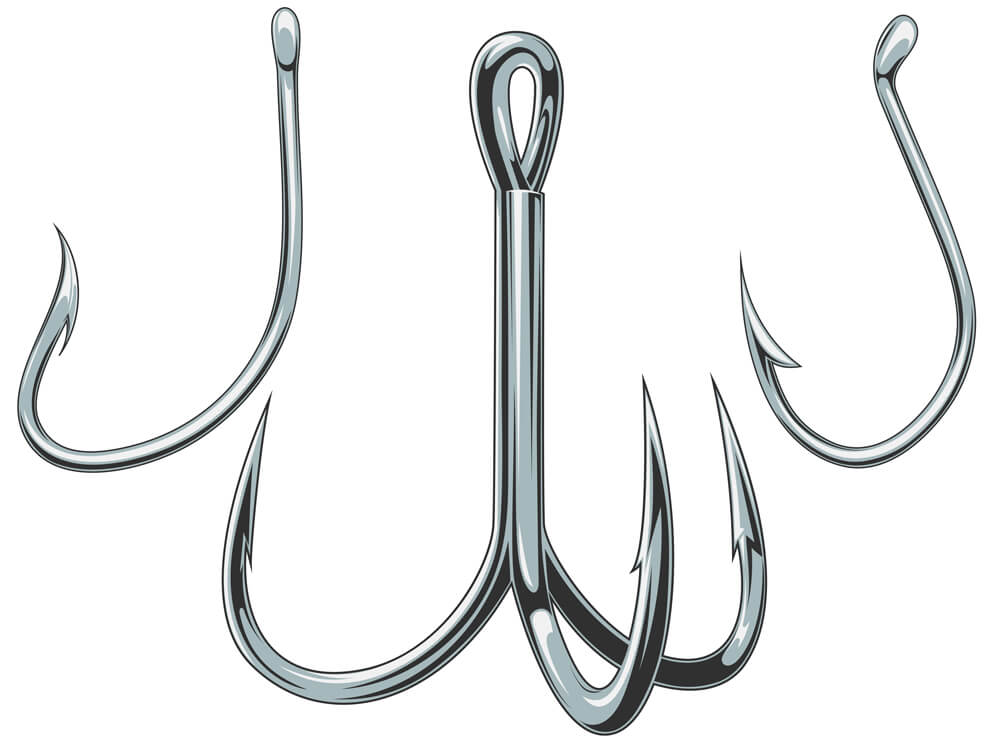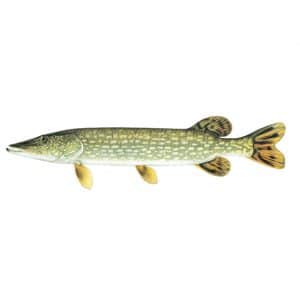How To Choose A Fishing Hook
A fishing hook holds significance, for anglers as it plays a role in catching specific fish species like bass, walleye, trout, salmon and more. Like hunting tools such as bows, knives, spear guns or flashlights selecting the right fishing hook requires careful consideration based on your intended purpose.
An ideal fishing hook should meet three criteria; strength, sharpness and suitability for the intended task.
Lets delve into each of these qualities to help you make a decision when purchasing hooks.
Strength is crucial when it comes to hooks since many fish are swimmers and can pose a risk, to anglers once caught. With their mouths housing teeth of severing fishing lines or dislodging a hook—especially if the fish is agitated—it becomes imperative to opt for a strong hook made from steel rather than aluminum or brass when shopping for hooks.

There are methods of manufacturing fishing hooks; however simplicity often proves to be the approach.When you’re, in the market for fishing hooks it’s an idea to have a pair of pliers and spend some time examining the metal before making your choice. Experiment with gripping the shank between your fingers and giving it a bend to see how it responds when separating it from the rod or handle.
The desirable fishing hooks in this regard are those with bends ensuring they detach easily when needed. However if you have hands and prefer strength in your hooks you can personally shape the shanks using pliers or wear gloves if you don’t mind dealing with live line.
Sharpness is another aspect to consider when selecting a fishing hook. It’s easy to overlook this factor since we tend to judge hooks on the sharpness of their points. However keep in mind that there is also a sharpening system on the side that contributes to its three structure.

An ideal hook point will feature two acute edges meeting at an angle. The presence of a sharpening system on the side ensures a sturdy point that won’t easily bend or break under pressure when actively reeling in a fish pulling away, from you.
One useful tip, for testing the sharpness of a fishing hook is to use a glass. Another important aspect to consider when looking for the fishing hooks is their design. In this case “standard” refers to the shape of the eye or hole at the top of the hook where you tie your fishing line. There are styles available. Scientific research suggests that round eyes are better at absorbing pressure from a hooked fish compared to octagonal or oval shapes.
When purchasing fishing hooks online or from stores take a look at types of eyes and think about which ones you believe will perform their job easily without getting dented or breaking frequently. If you reside in an area with weather conditions such as windy regions like the Pacific Northwest or upstate New York it’s advisable to opt for hard metal hooks with round eyes as they can withstand exposure to salt and moisture more effectively.
Additionally if you primarily target fish like panfish or trout where your goal is to catch their body than their head selecting a hook with a longer shank will minimize the space, between your line and their body improving your chances of success.
When it comes to fishing for trout it’s important to choose a hook, with the amount of sharpness. Trout have lips that act as a cushion so if the hook is too sharp it may not easily slide into their mouths. On the hand if the hook is too blunt it might not effectively catch the fish. Finding a balance between too blunt is key.
If you’re new, to fishing and looking for an option consider purchasing single hook fishing kits available online. These kits come with packaged hooks and jigs providing all the necessary tools for beginners to learn and catch specific types of fish effectively.


